The Second World War was, as the name would suggest, a truly global conflict. The fighting raged across many different theatres, each with their own unique challenges and character. For my money, one of the most interesting theatres is North Africa. The engagements fought across the desert are some of the most legendary of the war, contested between forces which have entered into the annals of history.
Opposing the British General Montgomery and his Commonwealth and Empire 8th Army forces was the Deutsches Afrikakorps (German Africa Corps, commonly abbreviated to ‘DAK’). While the name itself was only a temporary designation for the formation, it was widely used throughout the unit’s service by the soldiers who fought as part of it. Between 1941 and 1943, the DAK, under the command of Erwin Rommel, covered hundreds of miles across the desert in an attempt to support Italian territorial ambitions and threaten Britain’s vital bases in Egypt and the Middle East.
With Mussolini’s Italian forces in significant trouble following the success of the British Operation Compass in early 1941, Hitler would deploy significant numbers of German troops to the theatre to shore up his ally and continue to put pressure on British colonial possessions. Originally a small formation suborned to Italian command, by February 1942 the DAK had ballooned in size to become Panzerarmee Afrika (Panzer Army Africa), consisting of the original DAK and 90th Leichte Afrika Division, alongside the Italian X, XX, and XXI Army Corps, all commanded by Rommel.
Rommel, a decorated veteran of the First World War, had earned a name for himself as a decisive and attacking commander during the Battle of France, and had written a well-received treatise on infantry tactics in the interwar period. He was, therefore, possibly something of an unusual choice to command what was initially supposed to be a defensive holding force to shore up the Italian army and prevent an Axis collapse in Africa. Nevertheless, he proved to be a significantly capable commander and a dangerous adversary for the British Empire and Commonwealth forces he faced, earning the sobriquet of ‘Desert Fox’ from the British media. In a campaign of rapid manoeuvre and long-distance desert marches, and acting largely on his own initiative in defiance of senior German and Italian leadership, Rommel’s forces swept across North Africa, capturing Tobruk on the 21st of June 1942, and launching a pursuit of the British forces that was only checked at the Second Battle of El Alamein. By then running dangerously low on tanks and particularly fuel supplies, Rommel was forced to withdraw into Tunisia, and by March 1943 he had returned to Germany. Two months later, the Afrika Korps, along with the rest of what had become Army Group Afrika, surrendered en masse to the Allies, effectively ending the North African campaign.
While much is made of the legendary tank engagements of the campaign, and (as in other theatres) the lion’s share of general interest has tended to focus on the armoured elements such as the earliest deployment of the infamous Tiger I, the Poor Bloody Infantry should never be overlooked in any conflict – the desert is no exception! The DAK infantrymen served with tenacity and courage in the often-awful conditions, which could vary wildly between blistering heat in the day and freezing cold at night. Our plastic boxed set provides you with 30 highly-detailed and customisable multi-part miniatures, ideal for creating your own DAK force for the Bolt Action tabletop.
On the sprue, you’ll find a number of dynamically-posed bodies in the iconic tropical uniforms of the DAK, as well as a great variety of early-war weaponry, including the ubiquitous Kar 98K rifle and MP40 sub-machine gun, as well as the lethal MG34 light machine gun. There’s also some hefty fire support in the form of the Panzerbüchse 39 anti-tank rifle and the 5cm Leichter Granatwerfer 36 light mortar. As you’d expect from one of our plastic infantry kits, there’s also a wide variety of head options, including (of course) the iconic Stahlhelm helmet and field caps – festooned with goggles and face coverings to protect against the sun and dust – as well as the wonderful-looking but apparently much-loathed sun helmets, relics of the colonial era. All this combines to produce some fantastic-looking models on the tabletop, and modellers of a certain vintage may recognise a few of the poses you can create…
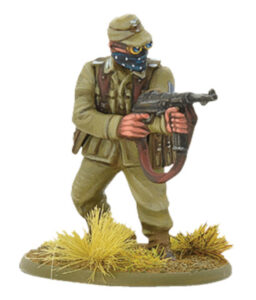
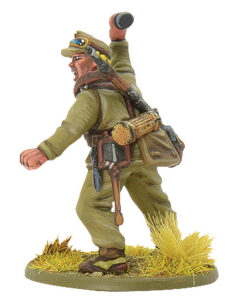
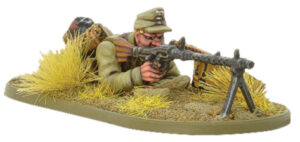
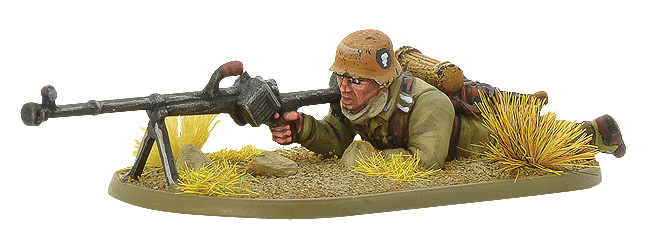
The Afrika Korps sprue also lends itself to some surprising kitbashing opportunities. An oft-underappreciated part of desert warfare is the freezing night-time temperatures, and the DAK were issued greatcoats to combat this in a muted brown colour. Combining your choice of DAK heads with our plastic Winter German bodies (and a quick coat of Vallejo 921 – English Uniform Brown) gives you quick and easy desert troops on a night raid, or sentries on lookout. On the Eastern Front, meanwhile, the summertime dust caused by so many troops on the march was notorious – the mask-wearing heads make for a colourful addition to any Ostfront force.
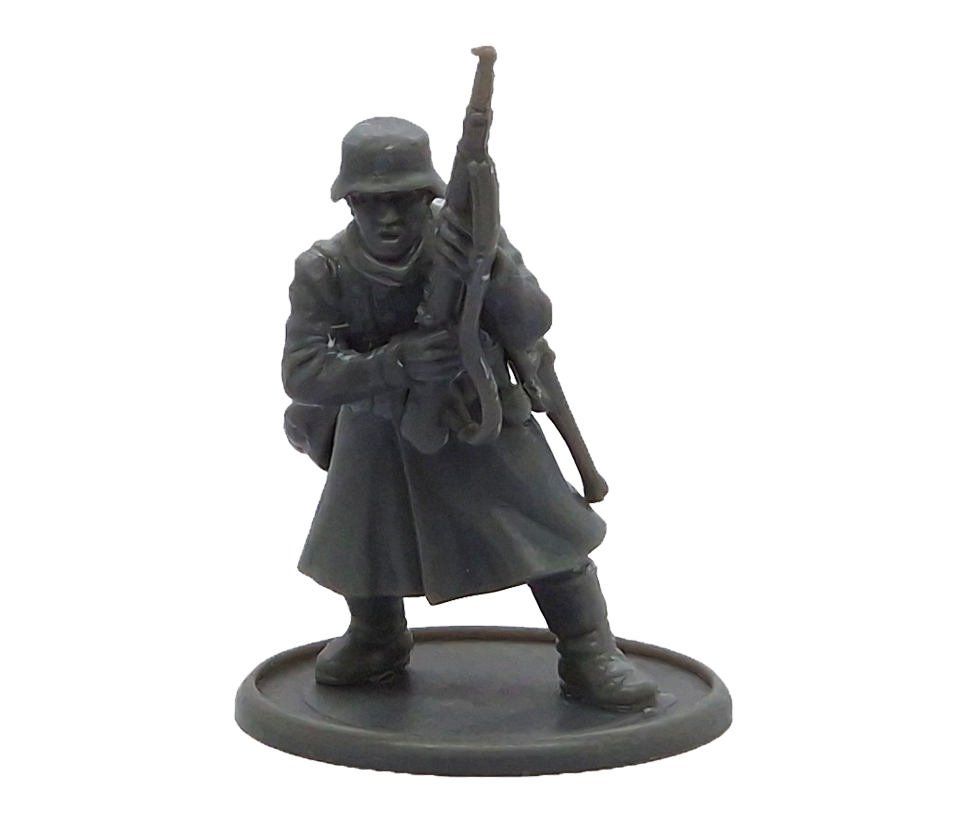
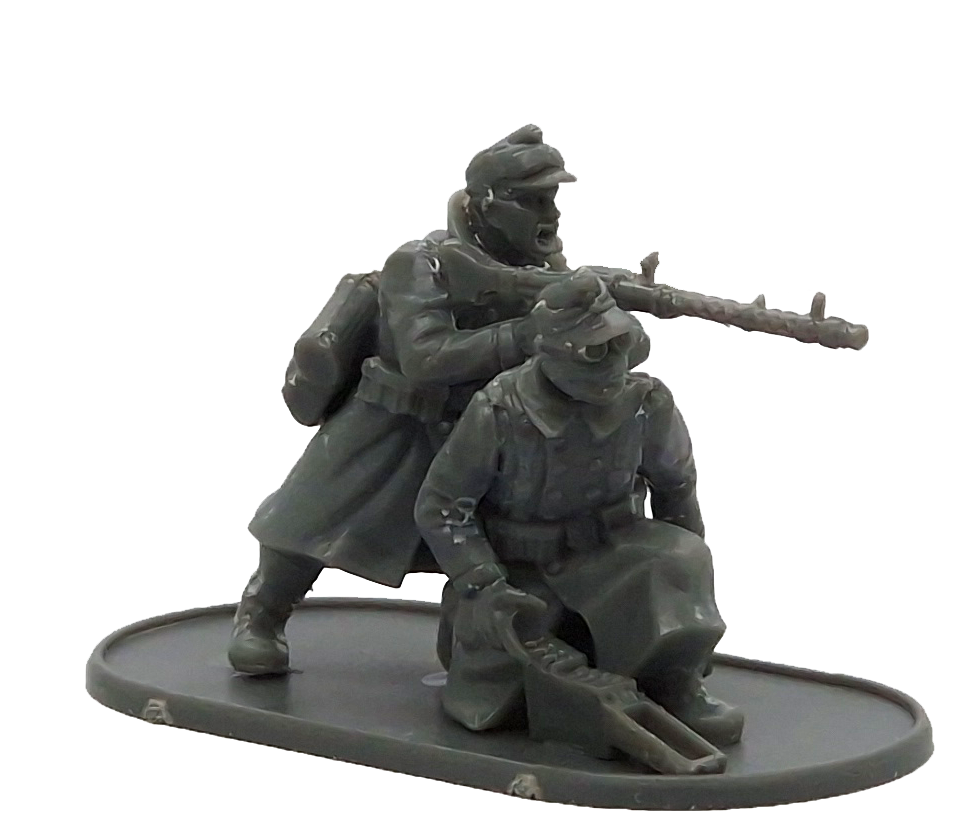
Onto the trucks, Soldaten! The Tommies are on the run – follow the Panzers to victory!
A Gentleman’s War
For those new to Bolt Action, or looking to explore the battles of the Western Desert campaign in more detail, consider the brand-new Bolt Action Starter Set, A Gentleman’s War. Within you’ll find everything you need to get playing and two opposing plastic Bolt Action forces – Afrika Korps and the 8th Army. You’ll have enough to build 24 infantry per side plus an armoured car each – the plastic Humber Mk II/IV and plastic Sd.Kfz 222/223 are only found in A Gentleman’s War.
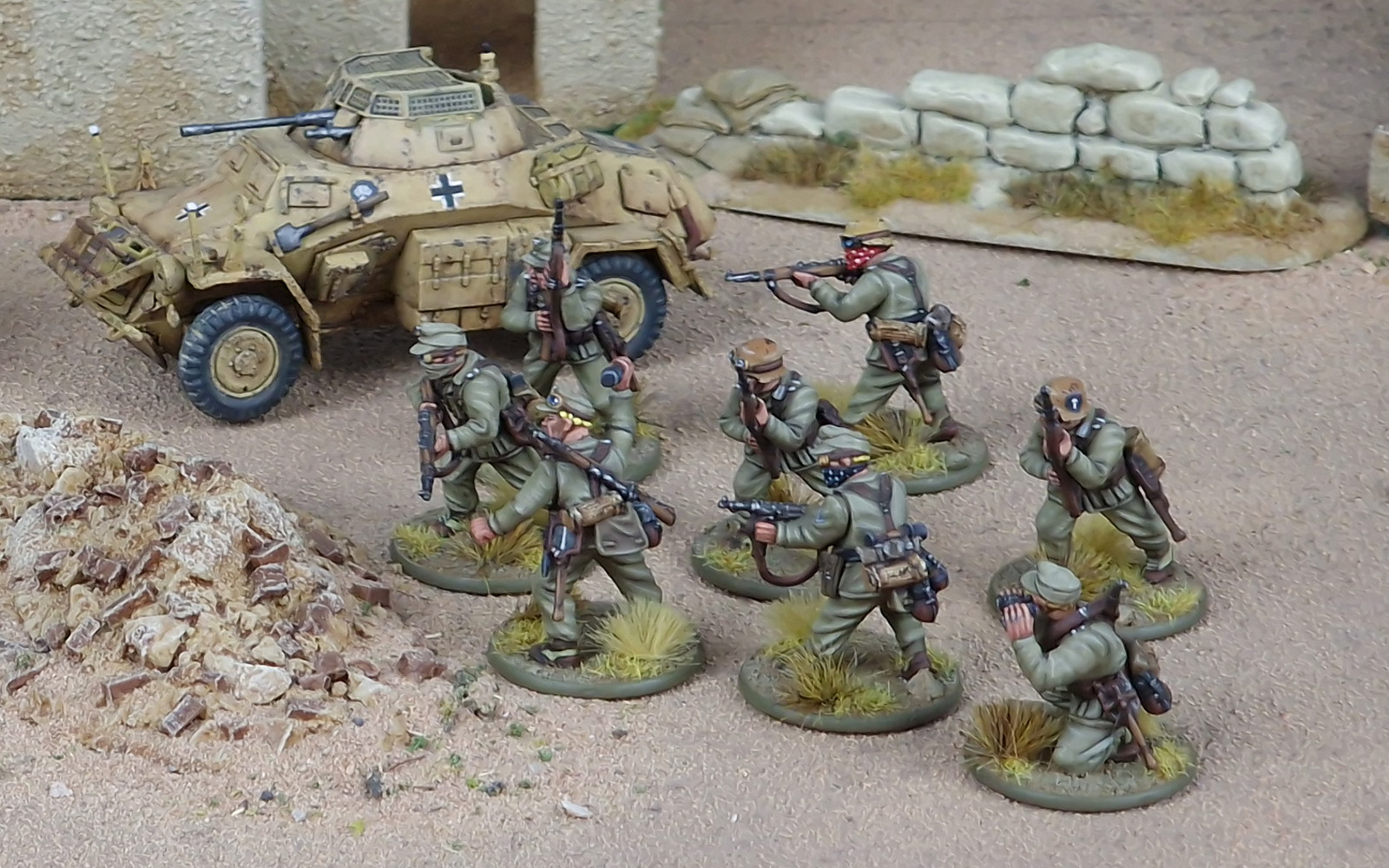
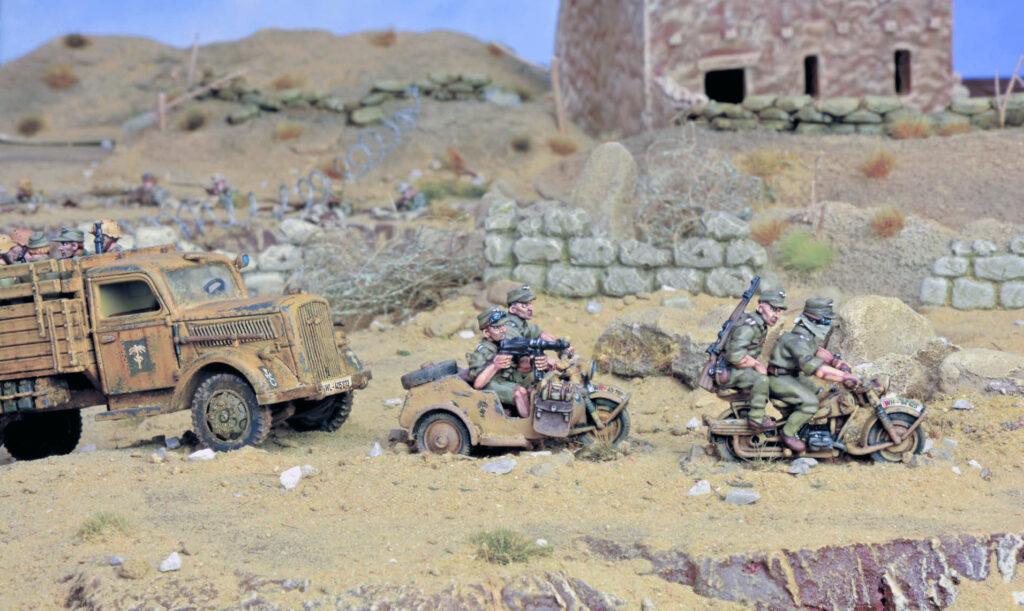
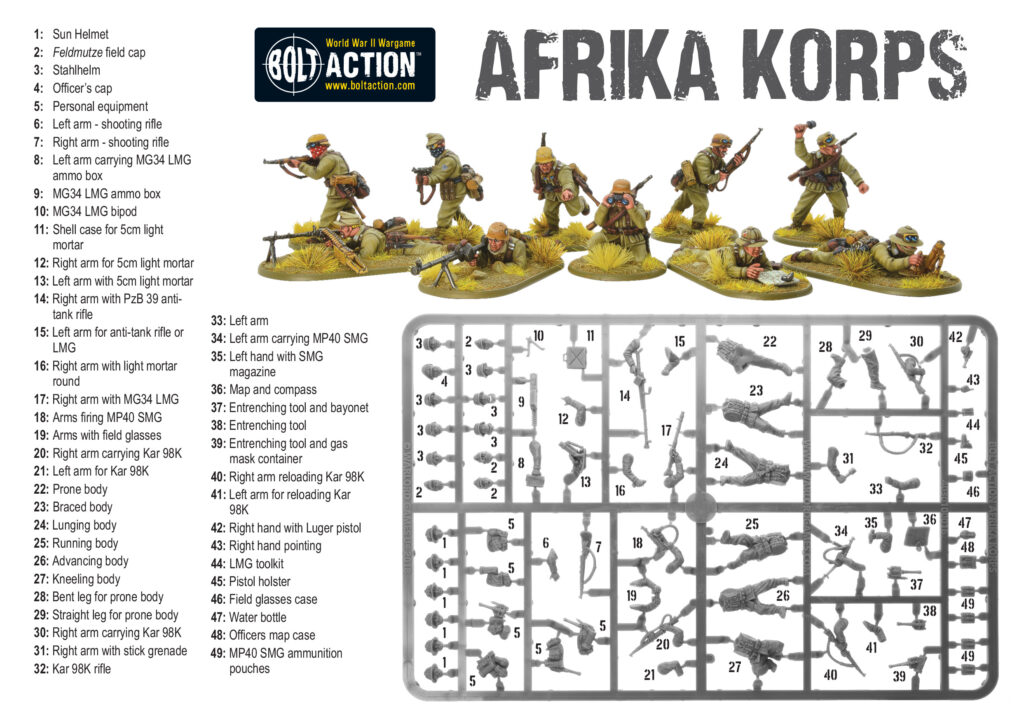
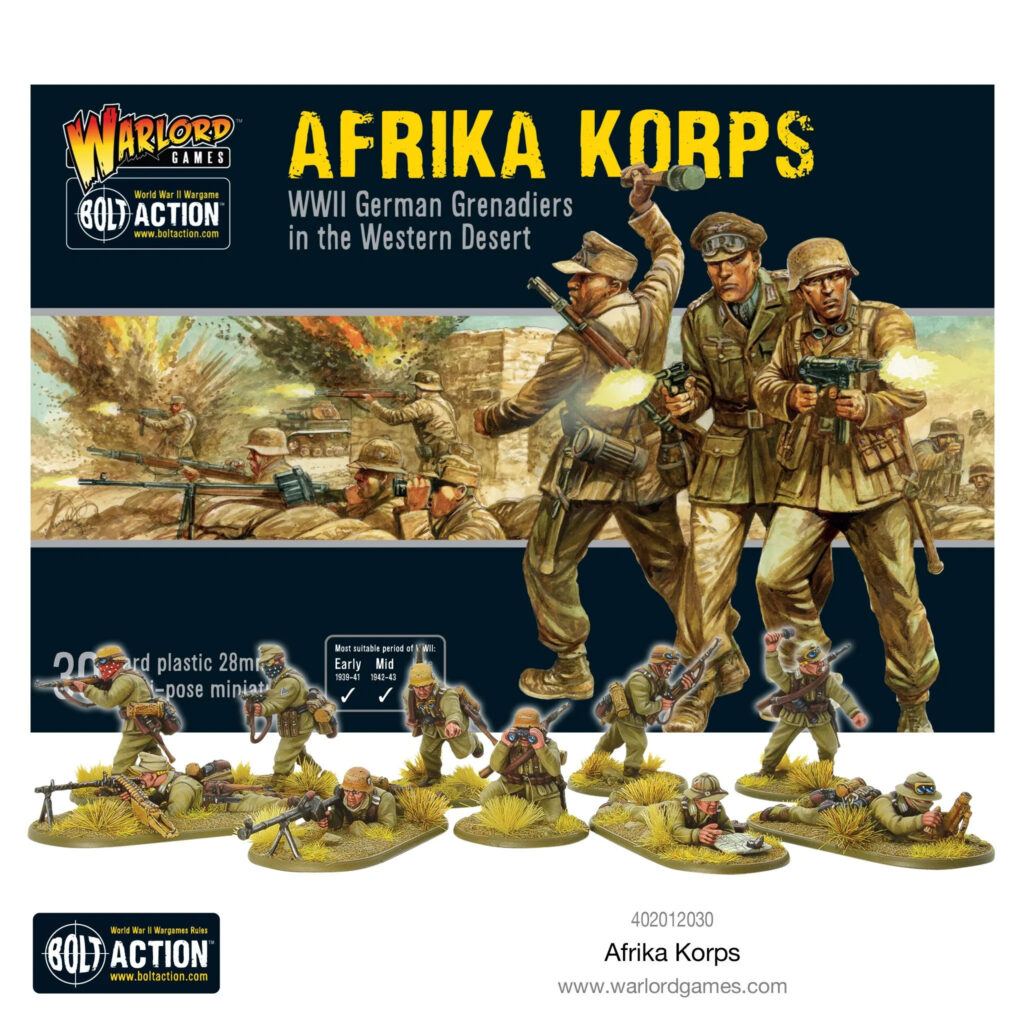
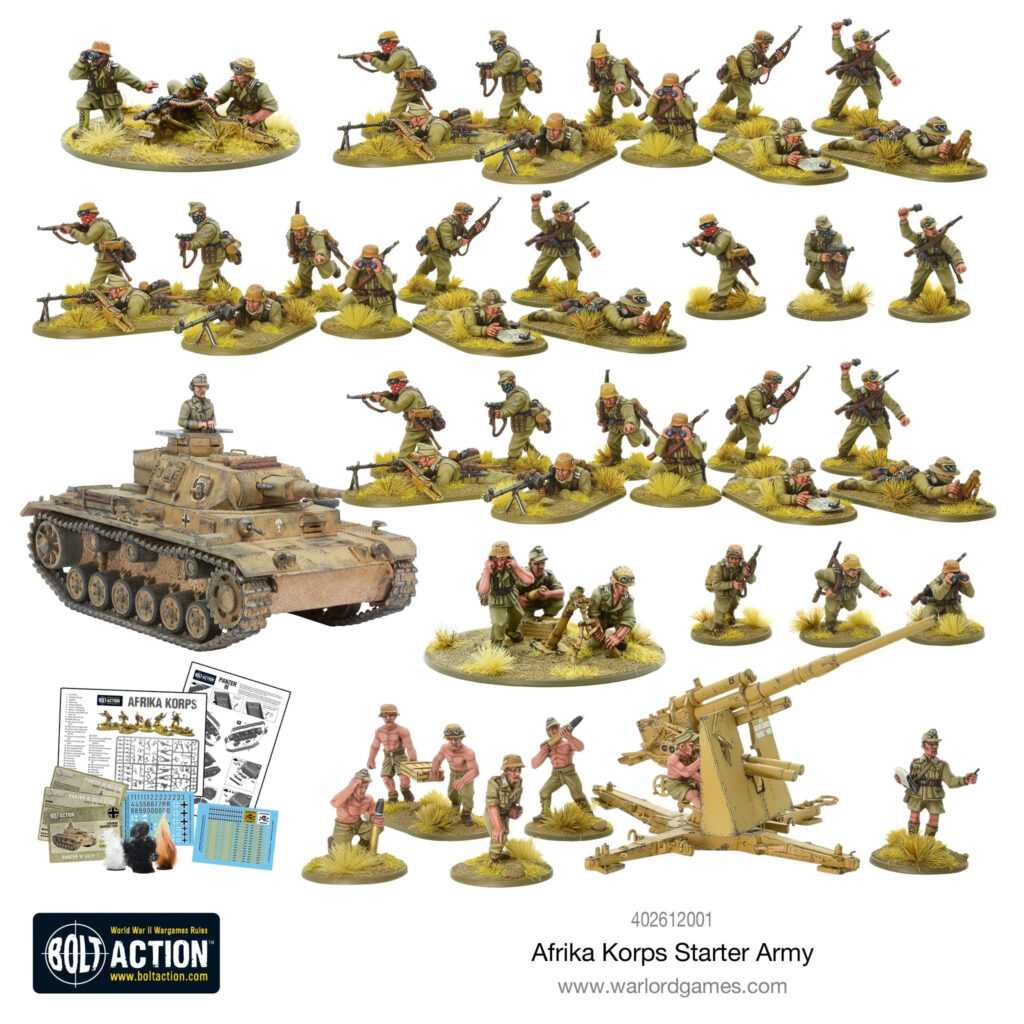
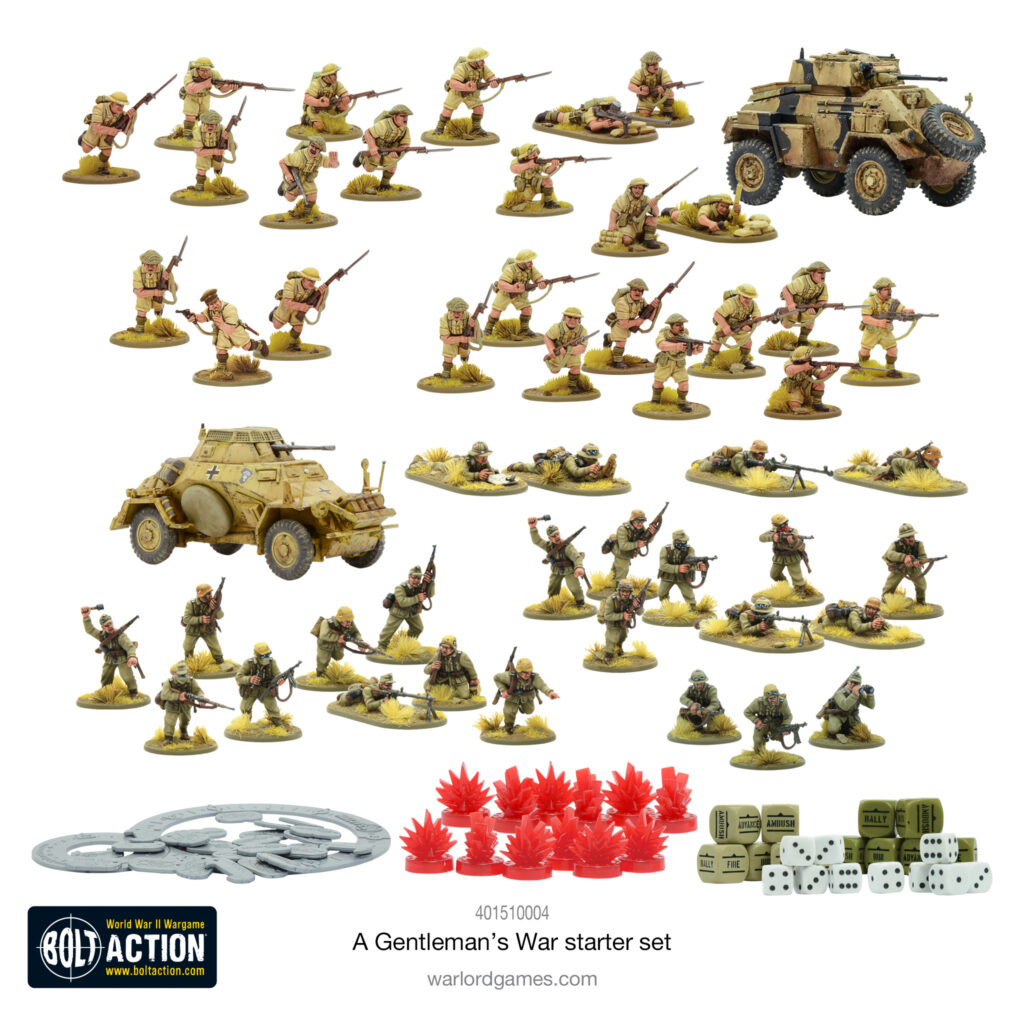

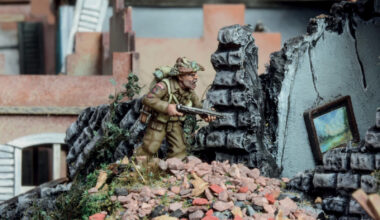
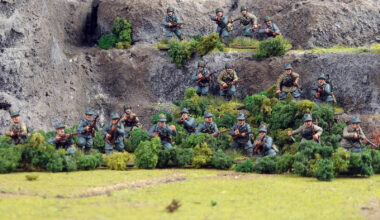
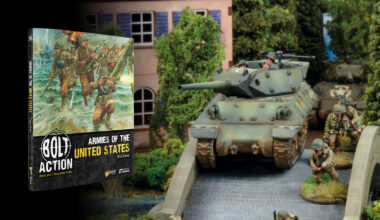
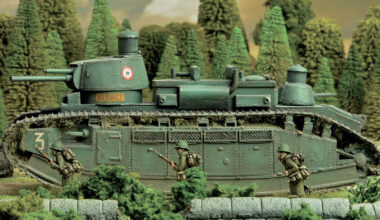
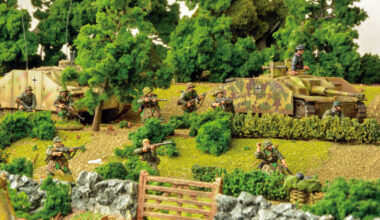
3 comments
While I love the idea of a DAK there just aren’t enough “Metal” miniatures…yet. Hopefully soon a metal infantry box set will become available other than the FJs. And something with more rifles and less MP40s.
The British fixation with the DAK is fascinating. The number of German troops was quite small and whilst they displayed great élan, they were let down by terrible supply and having a reckless gambler in command.
Rommel’s level of competence was at best that of a Korps commander.
Yes Rommel was the commander of the Afrika Korps!
Could the fascination have anything to do with his leadership and sucesses and the dramatic end? Not only in Leading the Afrika Korps but also leading the 7th Panzer Division known by it´s nickname Ghost Division in the battle of France.
In my youth I read Panzer Commander by Hans von Luck, it was very inspiring as a young soldier in an armor unit. Have you read it?
Comments are closed.